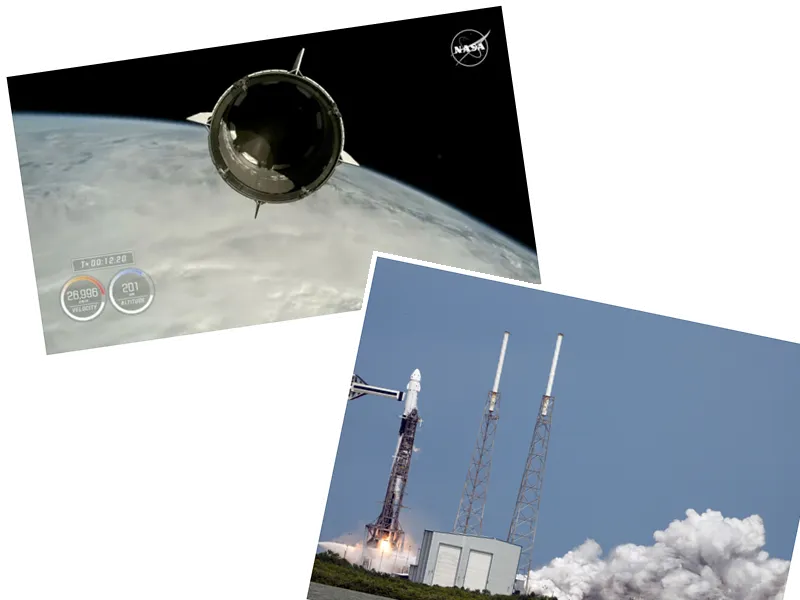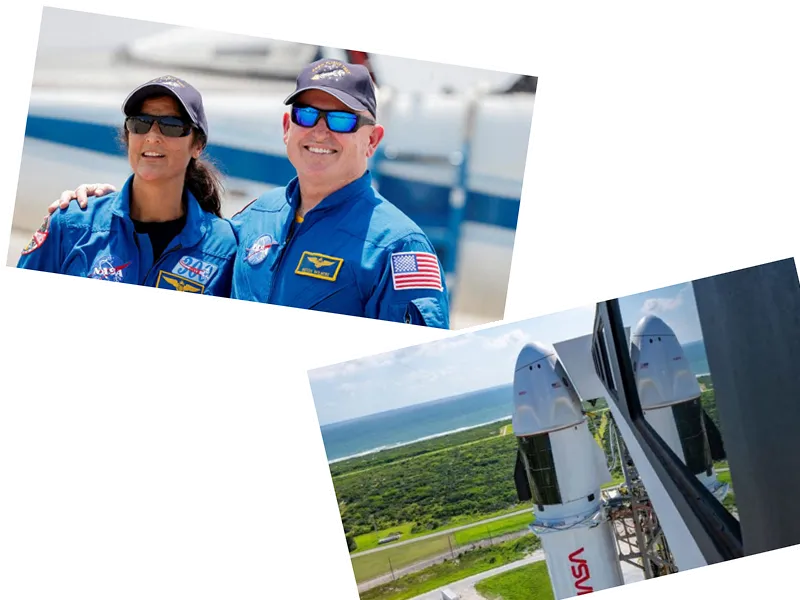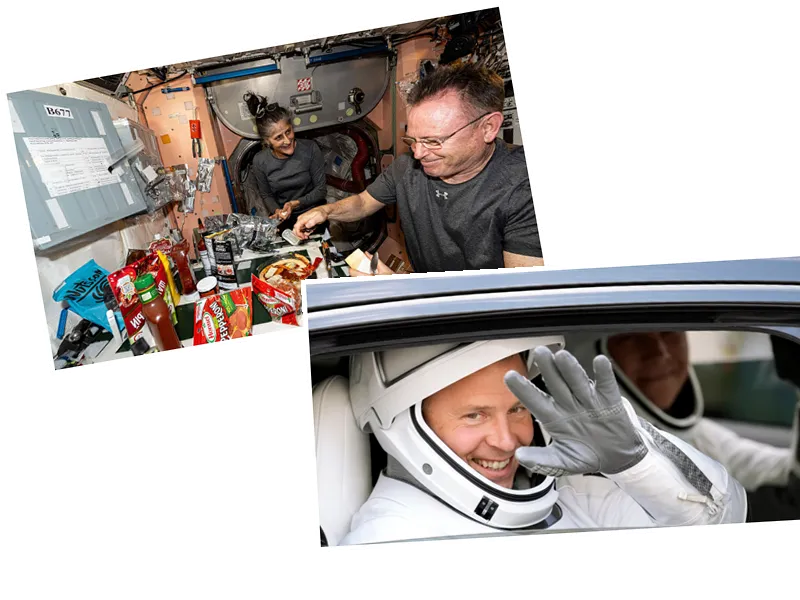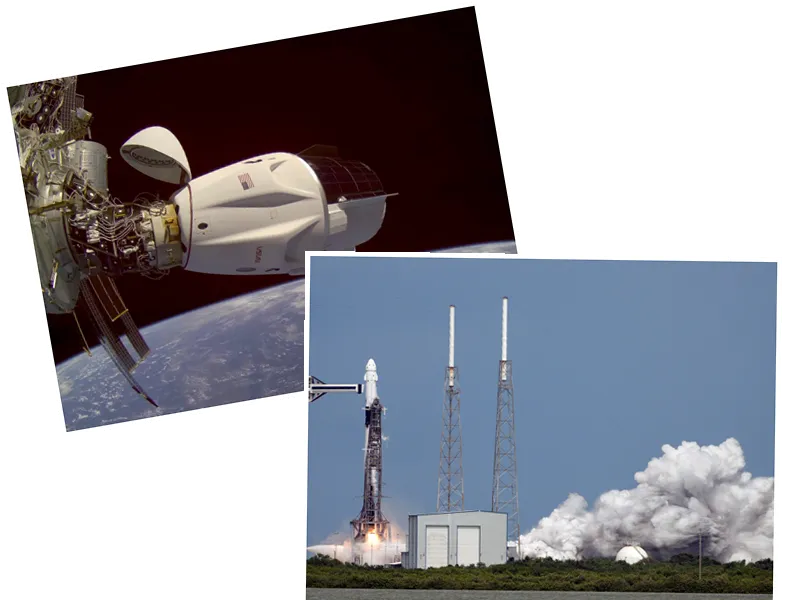NASA Considers Options for Stranded Astronauts as Starliner Faces Delays
Boeing's Starliner spacecraft, which has been in orbit for over two months, is facing significant challenges as NASA evaluates the potential return options for astronauts Butch Wilmore and Suni Williams. Initially expected to return in mid-June, the duo has remained aboard the International Space Station (ISS) due to ongoing propulsion issues and helium leaks that have plagued the Starliner since its launch.
NASA is exploring various scenarios, including the possibility of sending Starliner back to Earth without its crew and utilizing a SpaceX Crew Dragon capsule for their return. This contingency plan would involve delaying SpaceX's Crew-9 mission, originally set for August, now pushed back to September 24, to allow for a safe transition of astronauts. NASA's decision is expected by mid-August, as officials weigh the risks associated with the Starliner capsule's current state and its ability to safely return its crew.
Boeing's Starliner: A Rocky Road Ahead
Boeing's Starliner has faced numerous setbacks since its inception, with delays costing the company over $1 billion. After a successful launch on June 5, the spacecraft experienced multiple technical difficulties, including booster failures and unexpected heat issues affecting its propulsion system. As a result, NASA has not yet conducted a
- detailed flight readiness review for the Starliner, and discussions continue about the safety of the spacecraft for crewed return. The astronauts have now spent 63 days in space, significantly extending their mission duration. NASA's ongoing analysis aims to identify the root causes of the Starliner's issues, while Boeing maintains confidence in the spacecraft's safety for its crew. The agency's focus remains on bringing Wilmore and Williams home aboard Starliner, but the option of a SpaceX return remains a viable backup plan. As NASA navigates this unprecedented situation, the future of Boeing's Starliner program hangs in the balance, with implications for the broader commercial spaceflight landscape.






